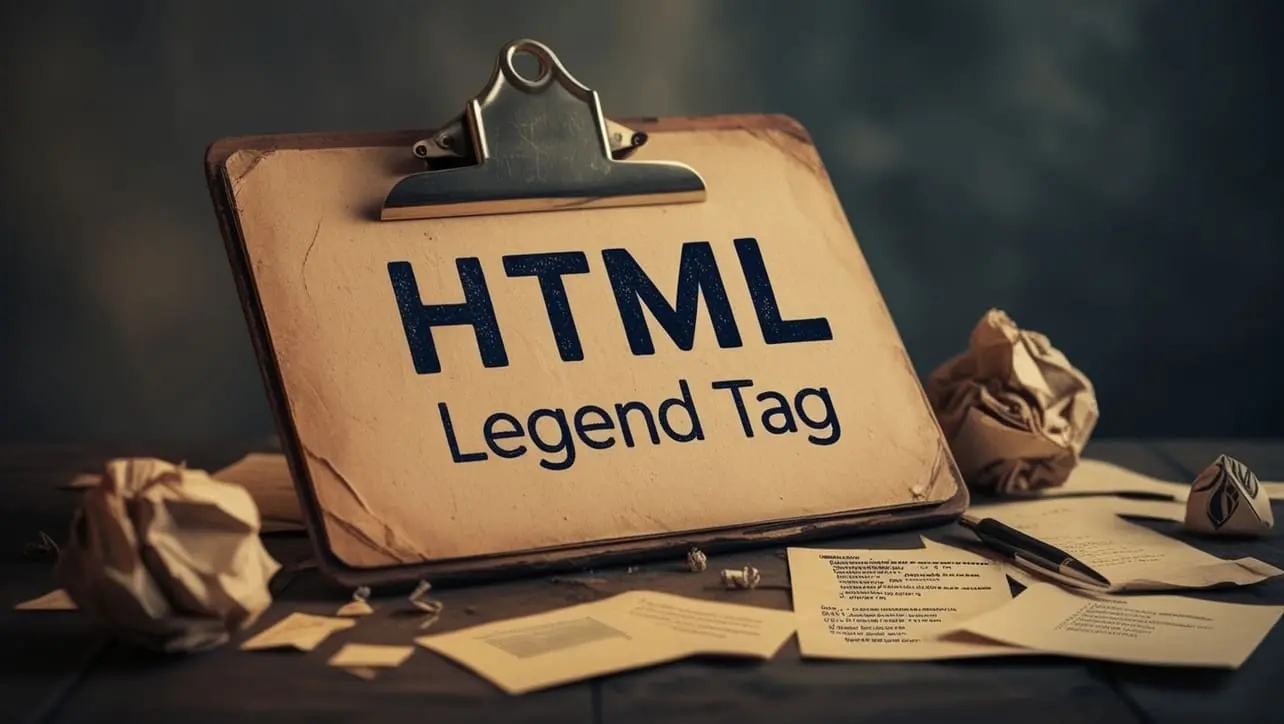
HTML Topics
- HTML Intro
- HTML Basic
- HTML Editors
- HTML CSS
- HTML Tags
- <!--...-->
- <!DOCTYPE>
- <a>
- <abbr>
- <address>
- <area>
- <article>
- <aside>
- <audio>
- <b>
- <base>
- <bdi>
- <bdo>
- <bgsound>
- <blink>
- <blockquote>
- <body>
- <br>
- <button>
- <canvas>
- <caption>
- <cite>
- <code>
- <col>
- <colgroup>
- <data>
- <datalist>
- <dd>
- <del>
- <details>
- <dfn>
- <dialog>
- <div>
- <dl>
- <dt>
- <em>
- <embed>
- <fieldset>
- <figcaption>
- <figure>
- <footer>
- <form>
- <h1> to <h6>
- <head>
- <header>
- <hgroup>
- <hr>
- <html>
- <i>
- <iframe>
- <img>
- <input>
- <ins>
- <kbd>
- <label>
- <legend>
- <li>
- <link>
- <main>
- <map>
- <mark>
- <menu>
- <meta>
- <meter>
- <nav>
- <noscript>
- <object>
- <ol>
- <optgroup>
- <option>
- <output>
- <p>
- <param>
- <picture>
- <pre>
- <progress>
- <q>
- <rp>
- <rt>
- <ruby>
- <s>
- <samp>
- <script>
- <search>
- <section>
- <select>
- <small>
- <source>
- <span>
- <strong>
- <style>
- <sub>
- <summary>
- <sup>
- <svg>
- <table>
- <tbody>
- <td>
- <template>
- <textarea>
- <tfoot>
- <th>
- <thead>
- <time>
- <title>
- <tr>
- <track>
- <u>
- <ul>
- <var>
- <video>
- <wbr>
- HTML Deprecated Tags
- HTML Events
- HTML Event Attributes
- HTML Global Attributes
- HTML Attributes
- HTML Comments
- HTML Entity
- HTML Head
- HTML Form
- HTML IndexedDB
- HTML Drag & Drop
- HTML Geolocation
- HTML Canvas
- HTML Status Code
- HTML Language Code
- HTML Country Code
- HTML Charset
- MIME Types
HTML legend Tag

Photo Credit to CodeToFun
🙋 Introduction
In the landscape of HTML, the <legend> tag plays a crucial role in enhancing the accessibility and structure of forms.
This guide delves into the details of the <legend> tag and how it can be effectively utilized.
🤔 What is <legend> Tag?
The <legend> tag is specifically designed to provide a caption or a title for the content within a <fieldset> element. It is commonly used in forms to describe the purpose or context of the grouped form controls.
💡 Syntax
To implement the <legend> tag, it should be placed as the first child within a <fieldset> element.
<fieldset>
<legend>Your Caption Here</legend>
<!-- Your form controls go here -->
</fieldset>🧰 Attributes
The <legend> tag supports the standard global attributes, but it doesn't have any specific attributes of its own.
📚 Common Use Cases
Grouping Form Controls:
The primary purpose of the
<legend>tag is to provide a title for a group of form controls within a <fieldset>. This enhances the overall organization and accessibility of forms.grouping-form-controls.htmlCopied<fieldset> <legend>Contact Information</legend> <!-- Your form controls for contact information go here --> </fieldset>Accessibility:
Including a clear and descriptive
<legend>improves the accessibility of your forms, especially for users who rely on screen readers. It provides context for the grouped form controls, making the form more understandable.
🖥️ Browser Support
Understanding the compatibility of the <legend> tag across different browsers is essential for delivering a consistent user experience. Here's an overview of its support:
- Google Chrome: Fully supported.
- Mozilla Firefox: Fully supported.
- Microsoft Edge: Fully supported.
- Safari: Fully supported.
- Opera: Fully supported.
- Internet Explorer: Fully supported.
🏆 Best Practices
- Always use the
<legend>tag within a <fieldset> element. - Keep the caption concise and descriptive to effectively convey the purpose of the grouped form controls.
- Ensure that the
<legend>is placed as the first child within the <fieldset>.
🎉 Conclusion
The <legend> tag is a valuable tool for improving the structure and accessibility of forms. By providing clear and descriptive captions, you enhance the user experience and make your forms more user-friendly.
👨💻 Join our Community:
Author

For over eight years, I worked as a full-stack web developer. Now, I have chosen my profession as a full-time blogger at codetofun.com.
Buy me a coffee to make codetofun.com free for everyone.
Buy me a Coffee












If you have any doubts regarding this article (HTML legend Tag), please comment here. I will help you immediately.